Overview
A feature of the Timestone Internet Ordering System (IOS) is the concept of "Live Rendering", meaning the customer sees their images inside the Products ordered.
The default behavior for Live Rendering is to display the images inside the Products's template. In IOS the products then appear as they would in the production application’s print queue. While this works well for simple, single products such as an 8"x10" portrait, it is less desirable for products such as package prints, double sided trader cards, water bottles or any of dozens of other examples where the printing version of the template is not necessarily the most visually pleasing way to demonstrate the product online.
At this point it is highly recommended the user become familiar with the two documents summarized below.
Setting Package Preview options in tsAdmin and tsIOS
When uploading jobs to the Timestone Internet Ordering System (IOS), choices are available as to how to display the packages on offer.
Render (real time) - a process also referred to as live rendering
Use preview always - pre-defined 'static' graphics are used to represent each package
Use preview if defined - in order, will use either Package Templates, static graphics or live rendering
The full document can be read here (opens in new tab)
Customer versions of templates
To overcome the issue described above, the user can create Customer Versions of pack layout templates. This version of the template is used exclusively when viewing products online.
Customer versions of templates therefore go a long way toward making packages more visually pleasing online. They are particularly useful when a package contains only a single product, however they still present challenges.
The full document can be read here (opens in new tab)
Package Preview Templates
Unlike Customer Versions of templates which are tied to a particular product, Package Preview Templates (more commonly referred to simply as Package Templates) are a stand-alone template that are used to depict an entire package regardless of how many products are in the package.
Furthermore, since Package Templates can also display composite and group products, they can be used to demonstrate the entire package regardless of its product types.
Key points
Stand-alone template used to depict a package in IOS
Give a visually pleasing representation of a package's contents while retaining the benefits of Live Rendering
Unlike Customer Versions, are not template or product specific
Creating a Package Template
Package Templates are created in the template designer of NeoPack.
Starting a new template presents the user with the familiar 'New Template Design' window with the Package Template at the bottom of the list of template types.
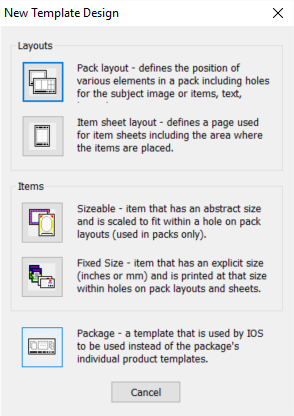
Figure 1: Starting a new Package Template
Designing the template
The template is designed in the same manner as pack layout templates and can make use of all the template designer’s tools and objects such as image holes, fixed and dynamic text, graphics, labeled holders and more. An important object for Package Templates in the Add Page object which can be used to display products that are part of the package.
Package Templates have a filename extension of .PKG
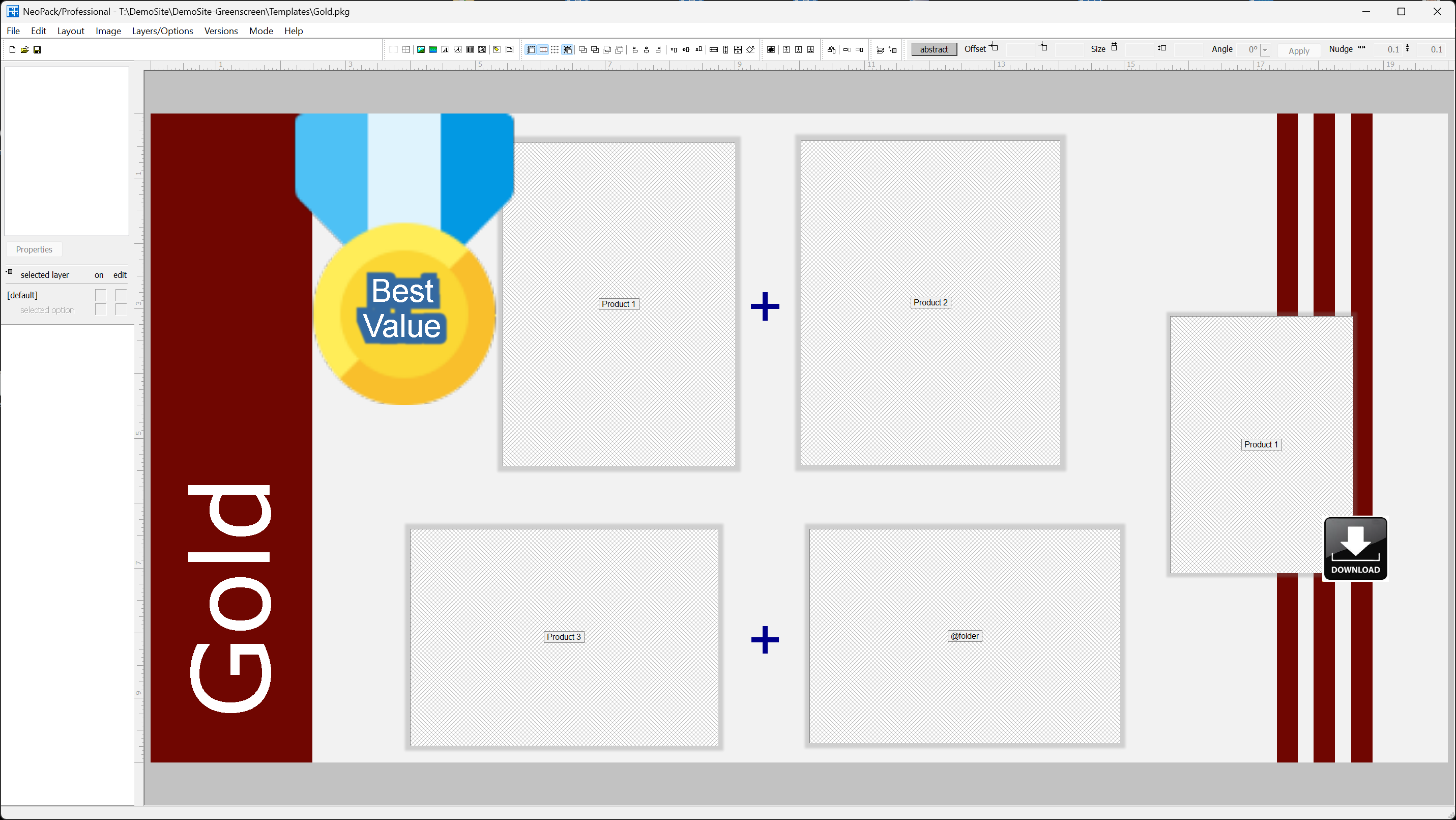
Figure 2: A typical Package Template open in the Template Designer
Aspect ratio
Unlike a printing template, package templates are an 'Abstract' size. Ideally they are designed in the same aspect ratio as the container on the website where they are displayed. This is usually a ratio of 2:1 but can be changed on request.
The screen grab above shows a package template designed in the 2:1 aspect ratio which matches the preview area of the site it will be on.
The Add Page object
Whereas the standard Add Image tool can be used to display entity images, the Add Page object is particular useful as it can display an entire product. Products can be called into the object via their code or by their sequence number in the package.
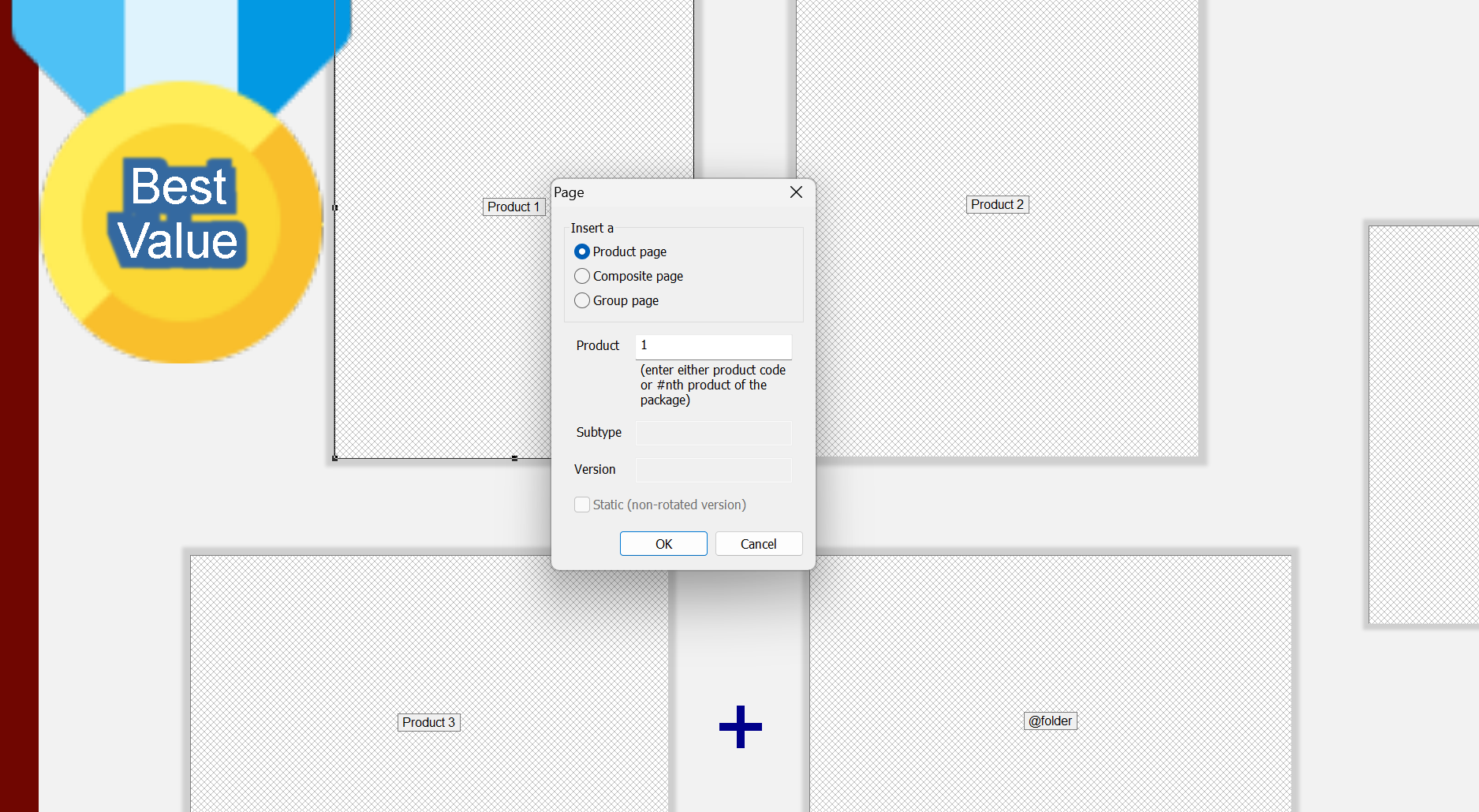
Figure 3: Calling the first product in the package into the Add Page object
Note
The Add Hole object will preferentially display the Customer Version of the product if present. In the absence of a Customer Version, the normal, printing version, will be displayed.
Assigning the Package Template to a package in an offer
Package Templates are set for each package in the same manner as assigning a static preview graphic.
Launch tsAdmin
Select the appropriate offer and package
Select the Online tab
Select the Preview Template option and enter the package template's name. The .pkg extension is not needed
Enter 'Blurb' if needed
The screen grab below shows a Package Template "Deluxe Package Preview" being set for the package.
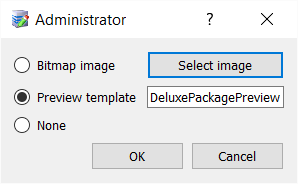
Figure 4: Setting a Package Template for a package
Uploading the job - selecting the correct option
In order to use Package Templates online, the job is uploaded with Use preview if defined option in the Image Handling section of tsIOS.
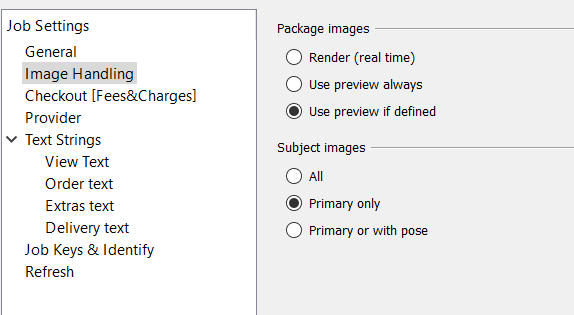
Figure 5: Selecting the appropriate option when uploading the job
Customize versions of Package Templates
Package templates can have an optional Customize version which only appears in the first step of customization in the Package Workbench in IOS.
Customize versions are useful when the user would like to display one version of the Package Template in the IOS Shop (the default version) with another version, in the workbench.
The video tutorial below, further explains Customize Versions while an example can be seen on the Timestone Software demo website with this link:
https://demo.timestone.com.au/ordering/with?key=MYMZXLZM
Customize versions of Package Templates
FAQ
What is Live Rendering in the Timestone Internet Ordering System (IOS)?
Live Rendering is a feature that allows customers to see their images inside the products they order in real-time.
How can I display packages in the Timestone IOS?
You can display packages using options like Render (real-time), Use preview always (static graphics), or Use preview if defined (a combination of both).
What are Customer Versions of templates?
Customer Versions of templates are versions of pack layout templates used exclusively for viewing products online.
What are Package Templates?
Package Templates are templates that depict an entire package, regardless of the number of products it contains.
How do I create a Package Template?
Package Templates are created in the template designer of NeoPack, starting with the 'New Template Design' window.
What is the aspect ratio for designing Package Templates?
Package Templates are ideally designed in a 2:1 aspect ratio, matching the preview area of the website.
How do I assign a Package Template to a package?
You can assign a Package Template by launching tsAdmin, selecting the appropriate offer and package, and entering the template's name in the Online tab.
Can Package Templates have a Customize version?
Yes, Package Templates can have an optional Customize version that appears in the first step of customization in the Package Workbench.
What option do I need in tsIOS when uploading the job?
To use Package Templates online, the job must be uploaded with the 'Use preview if defined' option in the Image Handling section of tsIOS.